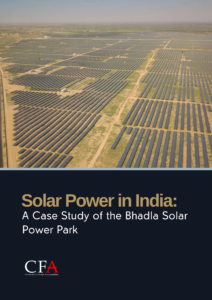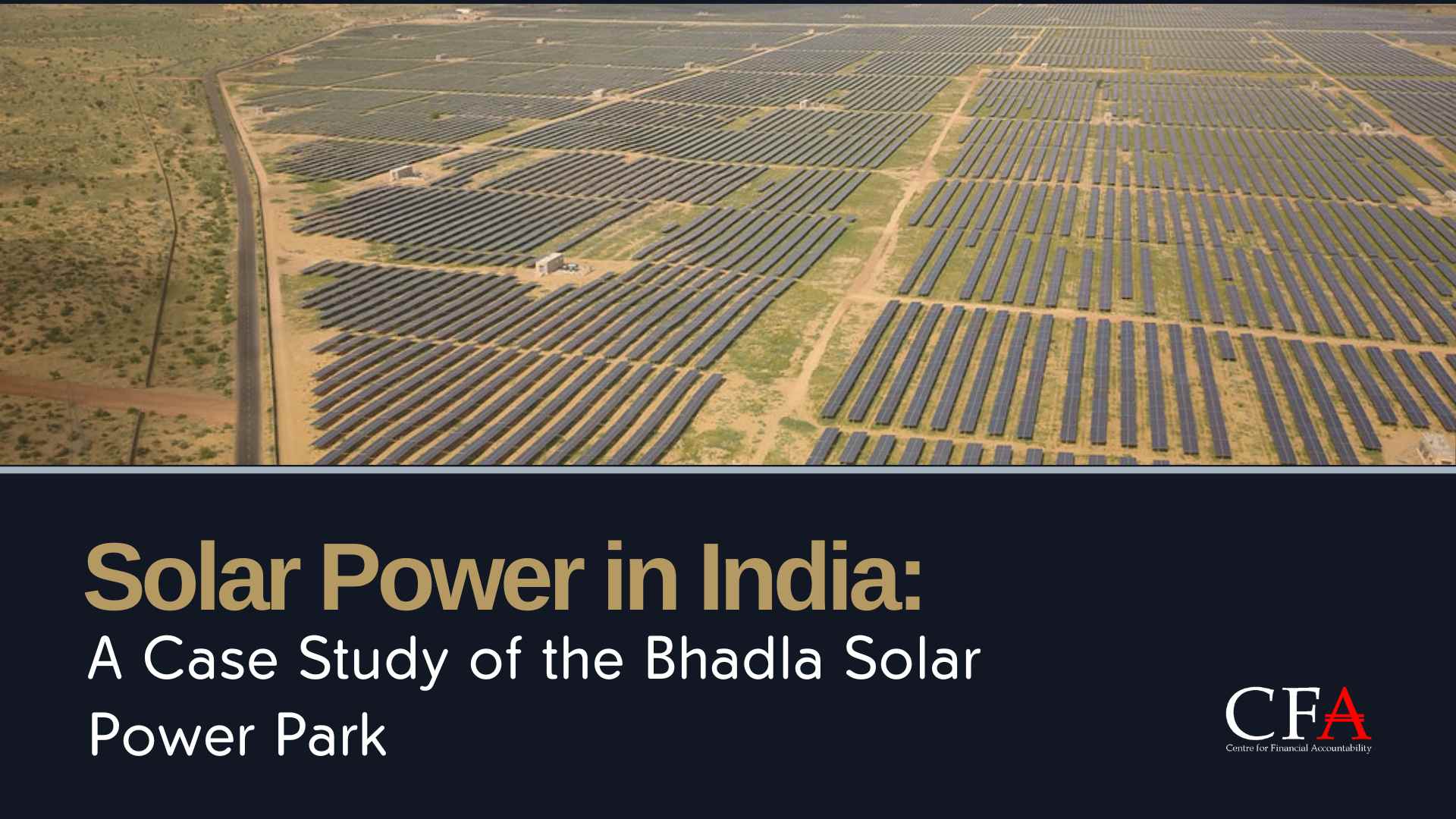 The Bhadla Solar Power Park, boasting a capacity to generate 2245 MWs of solar power, stands as the world’s largest solar power park. Spanning across a vast expanse of 5700 hectares, a size almost equivalent to that of San Marino. Bhadla has been touted as a striking exemplar of how a fusion of innovation, cutting-edge technology, and a blend of public and private financial support can propel the cause of green energy.
The Bhadla Solar Power Park, boasting a capacity to generate 2245 MWs of solar power, stands as the world’s largest solar power park. Spanning across a vast expanse of 5700 hectares, a size almost equivalent to that of San Marino. Bhadla has been touted as a striking exemplar of how a fusion of innovation, cutting-edge technology, and a blend of public and private financial support can propel the cause of green energy.
However, the Bhadla case also shines a light on a pressing issue: the emerging conflicts over land resources in the realm of solar infrastructure development. Many of the locations chosen for solar power projects are government-owned lands traditionally used by local communities for their livelihoods. In this context, it is noteworthy that the 2013 Right to Fair Compensation and Transparency in Land Acquisition, Rehabilitation, and Resettlement Act, which safeguards the rights of landholders during acquisition processes, does not apply to government-held lands. Consequently, when these government lands are repurposed for solar power generation, the Act’s protective provisions fail to address the displacement and economic disruption experienced by local communities who relied on these lands for their sustenance. The absence of a clear legal framework in such cases often leads to ongoing disputes and grievances.
This preliminary report delves into the specific case of Bhadla, offering valuable insights into the prevailing issue of what can be termed “green grabbing”. It sheds light on the approach adopted by the Indian government in establishing solar parks, particularly in the context of achieving its broader objectives of transitioning to a renewable energy-powered economy. The report thus also delves into the financial architecture behind the development of Bhadla Solar Power Park.
Currently, India accommodates several ultra-mega solar parks boasting capacities exceeding 1GW, two of which stand as the world’s largest commissioned parks to date. These solar parks in India consistently draw global investments and interest from esteemed domestic and international renewable energy developers. These investments are claimed to have transformed erstwhile wastelands into highly efficient solar energy facilities.
However, it is crucial to recognize that such approaches to renewable energy transition may fall short of achieving a fair and just transition. Land enclosures for utility-scale solar energy generation not only dispossess local communities of their livelihoods but also do not necessarily translate into the electrification of households located in close proximity to these solar parks, further exacerbating the social and economic disparities caused by these projects. A comprehensive and equitable approach to renewable energy transition should encompass the interests and well-being of both local communities and the broader energy goals.
Read and download the report here: Solar Power in India A Case Study of the Bhadla Solar Power Park
Centre for Financial Accountability is now on Telegram and WhatsApp. Click here to join our Telegram channel and click here to join our WhatsApp channel and stay tuned to the latest updates and insights on the economy and finance.

